


Books in series

The Thompson Submachine Gun
From Prohibition Chicago to World War II
2006

The Rocket Propelled Grenade
2006

Medieval Handgonnes
The first black powder infantry weapons
2006

Browning .50-Caliber Machine Guns
2006

Katana
The Samurai Sword
2006

Sniper Rifles
From the 19th to the 21st Century
2010

Fairbairn-Sykes Commando Dagger
2011

The AK-47
Kalashnikov-series assault rifles
2011

The Colt 1911 Pistol
2011

The Pattern 1853 Enfield Rifle
2011

The Beretta M9 Pistol
2011

The Uzi Submachine Gun
2011

The M1 Carbine
2011

The M16
2011

The Browning Automatic Rifle
2012

The M1 Garand
2012

The Lee-Enfield Rifle
2012

The Bazooka
2012

The Webley Service Revolver
2012

The M60 Machine Gun
2012

MG 34 and MG 42 Machine Guns
2012

The Sten Gun
2012

The M1903 Springfield Rifle
2013

German Automatic Rifles 1941-45
Gew 41, Gew 43, FG 42 and StG 44
2013

The Vickers-Maxim Machine Gun
2013

The Martini-Henry Rifle
2013

The FN FAL Battle Rifle
2013

The Bren Gun
2013

US Combat Shotguns
2013

The Longbow
2013

MP 38 and MP 40 Submachine Guns
2013

Browning .30-caliber Machine Guns
2014

Soviet Submachine Guns of World War II
PPD-40, PPSh-41 and PPS
2014

The Lewis Gun
2014

The MP5 Submachine Gun
2014

Panzerfaust and Panzerschreck
2014

The M14 Battle Rifle
2014

The Hand Grenade
2015

Mauser Military Rifles
2015

The Gatling Gun
2015

The Flamethrower
2015

Winchester Lever-Action Rifles
2015

The Composite Bow
2015

The Flintlock Musket
Brown Bess and Charleville 1715-1865
2016
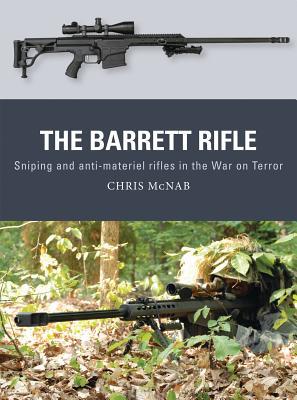
The Barrett Rifle
Sniping and anti-materiel rifles in the War on Terror
2016

The M3 "Grease Gun"
2016

SA80 Assault Rifles
2016

The Mosin-Nagant Rifle
2016

The Gladius
The Roman Short Sword
2016

Colt Single-Action Revolvers
2017
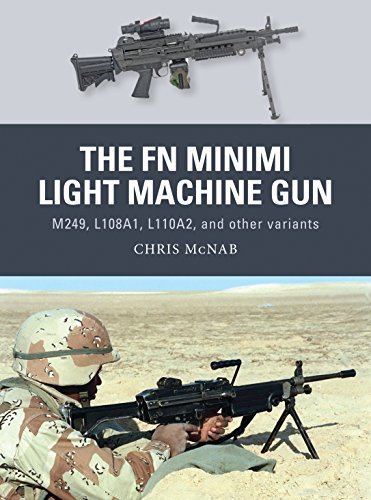
The FN Minimi Light Machine Gun
M249, L108A1, L110A2, and other variants
2017

The Suomi Submachine Gun
2017

The Pilum
The Roman Heavy Javelin
2017
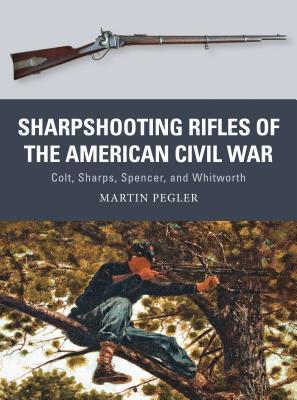
Sharpshooting Rifles of the American Civil War
Colt, Sharps, Spencer, and Whitworth
2017
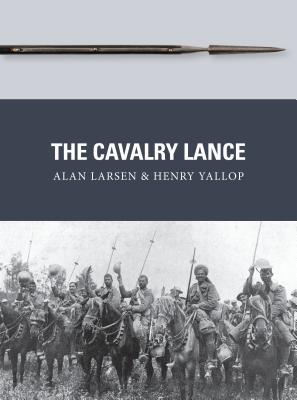
The Cavalry Lance
2017
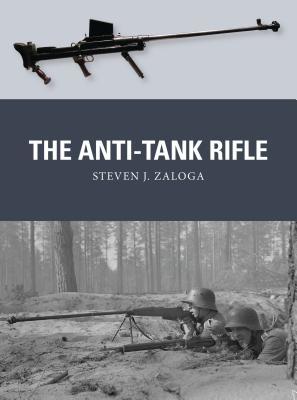
The Anti-Tank Rifle
2018
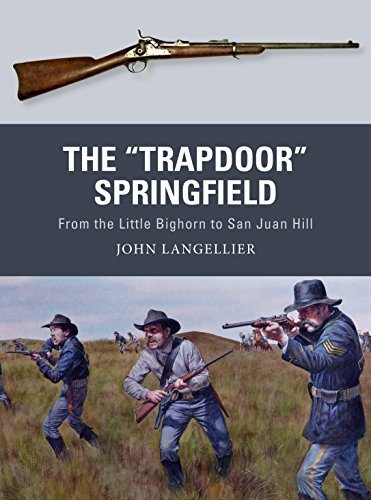
The "Trapdoor" Springfield
From the Little Bighorn to San Juan Hill
2018
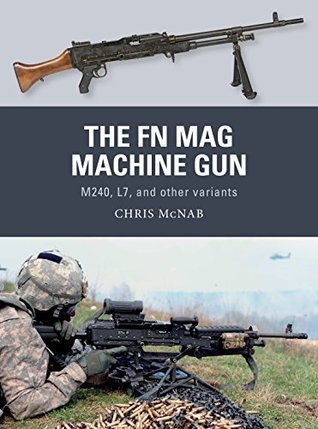
The FN MAG Machine Gun
M240, L7, and other variants
2018

The Luger
2018
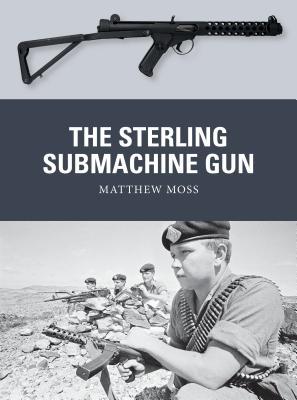
The Sterling Submachine Gun
2018

Weapons of the Viking Warrior
2019
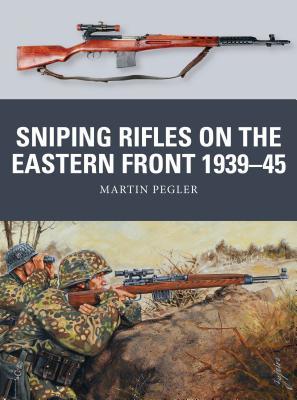
Sniping Rifles on the Eastern Front 1939–45
2019
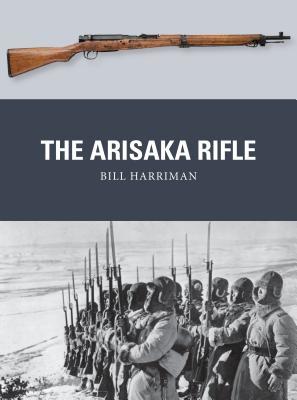
The Arisaka Rifle
2019
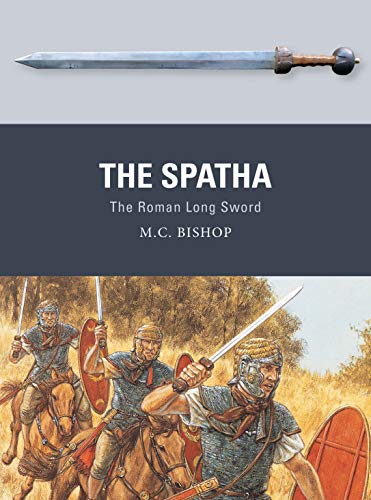
The Spatha
The Roman Long Sword
2020
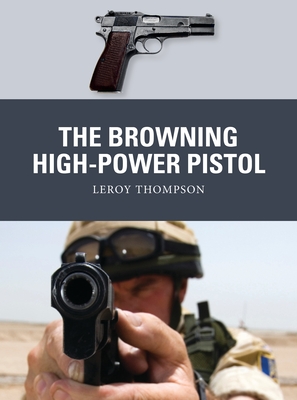
The Browning High-Power Pistol
2020
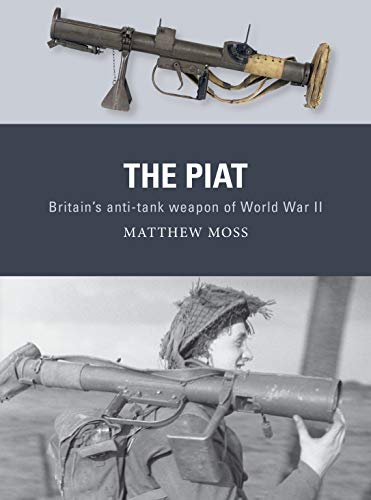
The PIAT
Britain’s anti-tank weapon of World War II
2020
Authors


Steven Zaloga is an author and defense analyst known worldwide for his articles and publications on military technology. He has written over a hundred books on military technology and military history, including “Armored Thunderbolt: The US Army Sherman in World War II”, one of the most highly regarded histories of the Sherman Tank. His books have been translated into Japanese, German, Polish, Czech, Romanian, and Russian. He was a special correspondent for Jane’s Intelligence Review and is on the executive board of the Journal of Slavic Military Studies and the New York Military Affairs Symposium. From 1987 through 1992, he was the writer/producer for Video Ordnance Inc., preparing their TV series Firepower. He holds a BA in history from Union College and an MA in history from Columbia University. Mr. Zaloga is also a noted scale armor modeler and is a host/moderator of the World War II Allied Discussion group at Missing-Lynx.com, a modelling website. He is a frequent contributor to the UK-based modeling magazine Military Modelling. He is a member of the Armor Modeling and Preservation Society.

Leroy Thompson has trained and advised military and police special operations units around the world, focusing especially on the tactical use of firearms. He has previously had 38 books published. He has also appeared as a weapons expert on documentaries for Discovery, National Geographic and the BBC. Leroy Thompson served in Vietnam with the U.S. Air Force and was a police officer for several years after leaving the military.



Gordon L Rottman served for 26 years in the US Army in Special Forces, airborne infantry, long-range reconnaissance patrol, and military intelligence assignments in the Regular Army, Army National Guard, and Army Reserve. He has worked as a Special Operations Forces scenario writer for 14 years at the Army' s Joint Readiness Training Center, Fort Polk, Louisiana where he developed training exercises for Special Forces. Gordon began writing military history books in 1984 and is currently a full-time author. He has written 50 books for Osprey.He is married with four children and lives in Cypress, Texas.